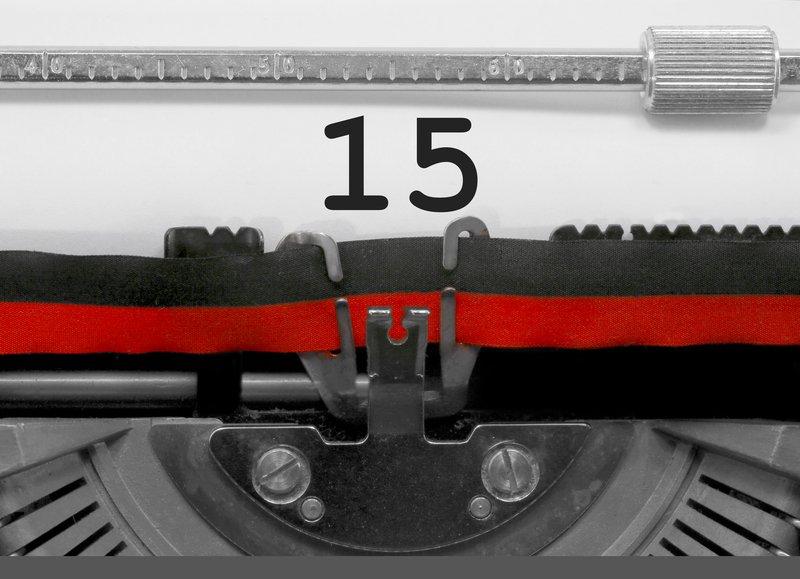When you take on a commercial property, you probably have a lot of things to worry about that don’t directly relate to the property itself – business plans, securing funding, and so on.
However, that does not mean you should become complacent about your new premises as signing a long-term commercial lease is a major undertaking that could ultimately decide the success or failure of your entire enterprise.
Instead of hoping for the best, simply maintain a mental checklist of the key issues – obviously, you should go over the fine print in full detail before signing anything, but an awareness of the basics can help you to make a preliminary decision much faster, and can save you time and money if the lease does not meet your needs.
Here are the key points for you to consider when you are looking to rent premises for your business;
Limitation of Uses
Does the lease allow you to use the property for the kind of business activity you intend to carry out there?
This doesn’t just mean the difference between, say, retail premises and entertainment or dining outlets – it can be a relatively minor distinction, such as whether your restaurant can sell food for off-premises consumption.
It’s often much easier to find a lease that’s already suitable to your needs than it is to change the permissions on an existing lease that’s unsuitable, so be certain before you take on premises that don’t have the necessary allowances already in place.
Length of Lease
How long does the lease last for, and is that a close match to your business plan?
For new businesses in particular, signing a lengthy lease on any given premises is probably a bad idea – you just don’t know what might happen, and it can be difficult to get out of your obligations later without paying the penalty.
You might want to get as short-term a lease as possible – you’ll probably be able to extend it later on if your company performs well, but you’ll have the option of escaping with any remaining funds if things take a turn for the worst.
Transfer and Early Release
Look for a ‘break clause’, which will offer an escape route if your business performs poorly – this could save you a lot of money or legal action if you are unable to occupy the property for the full duration of the lease.
Also, check whether you can pass the lease on to another party and whether you will be held as the guarantor for their rent payments if you do.
Costs and Repairs
Costs relating to a commercial lease can be twofold – firstly, there are those relating to the lease itself, while secondly there are the normal costs of running business premises for the long term.
Does the lease require you to pay the business rates and utility costs? It usually will, and this will be on top of the regular rent payments – and there may be additional service charges specified, too.
Does the contract make you liable for any repair work? If so, you should check whether the building is in good repair when you move in – and make any concerns apparent in writing, with an unarguable date attached, in case you are blamed for any damage later on.
See these tips below for more detail on the issue of costs and repairs:
Seven tips for dilapidations – the Devil is in the detail
Here are some really useful further tips from David Jay, a director of CS2 Ltd, leading experts in commercial property issues.
1. Ignorance is bliss
The first and most obvious step is to ensure that a tenant has read and understood the terms of the lease, including exactly what is specified in terms of responsibilities in the area of dilapidations. Those who make the mistake of dutifully filing away the lease never to read it again may be in for an unanticipated expense when leaving the premises.
Any tenant occupying premises under a commercial lease will be expected to keep the demised areas of their premises in good repair, including regular decoration, often specified in the lease. There is usually also a prohibition on structural, and even non-structural alterations, and an ongoing duty to ensure general compliance with statutory obligations; typically including the electrical supply, gas appliances and asbestos control/management.
2. Prevention is better than cure
Most tenants are so focused on their core business that property repairs are a trivial inconvenience to be dealt with only when absolutely necessary, i.e. lease expiry. Many businesses are also reluctant to budget for maintaining a building that they don’t own. However, neglecting to implement a programme of preventative maintenance is a costly mistake.
The smart tenants will attend to the few missing roof tiles before the ravages of a few British winters (and summers) warrants the need to sort out the dry rot outbreak, the extensive internal damp staining and partially collapsed ceiling. In fact, a prudent tenant might even consider certain routine works in the context of ‘repair’ even though it may not be technically in ‘disrepair’ to prevent more serious problems further down the line.
3. Defining the terms
For some unfortunates, the problem exists before they even occupy their new leased premises. The simple terms ‘put’, ‘keep’ and ‘leave’ actually have significant legal ramifications in the context of the repairing covenant. Many tenants mistakenly believe that their obligation to ‘keep’ the demised premises in repair means that any pre-existing disrepair can be ignored.
However, the case of Payne v Haine (1847) reiterates that the term ‘keep’ has an implied obligation to firstly ‘put’ in to repair and also to ‘leave’ in repair upon lease expiry. So, unless the tenant taking on a run down property has the foresight to commission and engross to the lease a Schedule of Condition identifying the existing disrepair, together with a modification to the repair covenant, they may be inheriting an onerous burden with an immediate liability – all before they even set foot in the premises.
4. Clarify the liability
Tenants also need to be aware that they will be responsible for any inherent defects, even if they arise from a design fault at the time of construction. So, for anyone taking on a sizeable property on a long lease, the safest way to circumvent this issue is to commission a detailed pre-acquisition survey to identify any inherent defects before signing the lease, and thus assuming a liability for repair.
5. A state of disrepair
It is important to note that ‘disrepair’ does not exist, legally speaking, unless the condition has deteriorated (determined by the condition when constructed, together with resultant damage). This means that a tenant might assume that a leaking roof on a modern warehouse might be in disrepair, but if this was a fault at the time of construction, and assuming no further deterioration or damage to the property has arisen since, then there is no ‘disrepair’ and with it no breach of repairing covenant.
However, there are two sides to this issue – particularly where the tenant is only responsible for the internal fabric and the landlord has covenanted to repair the structure and exterior as demonstrated by Janet Reger International Ltd v Tiree Ltd (2006). In this case, the landlord was considered not liable for repairing a defective damp proof membrane which had led to excessive dampness within a basement where garments were displayed for sale.
6. Repair, renew, replace?
A defaulting tenant may also find that they are funding the landlord’s post-lease works, which perhaps, in hindsight, they ought to have done, and which might include certain improvements as a natural by-product of the repair process. Is that fair? The repair can also include complete renewal, but not simply because it is a ‘convenient’ opportunity for the landlord to replace that asbestos-cement roof with crinkly tin and re-charge the tenant for the privilege. It is important to bear in mind that replacement should only be undertaken when patch repair is unsuitable.
7. Drive a hard bargain
There is a silver lining to what would appear to be a very gloomy prospect for any tenant taking on or currently occupying leasehold property. Firstly, taking advantage of the economic situation, tenants can negotiate harder in diluting repairing responsibilities, or at least improve on the inducements to take properties in less than impeccable condition. This might include a longer rent-free period, a reverse premium to attend to the outgoing tenant’s repairs and perhaps the inclusion of a Schedule of Condition to record those existing defects thereby preventing any future dilapidations claim.
With some careful tax planning, tenants filing accounts under FRS12 could include a firm valuation of current accrued dilapidations liability under the banner of provisions; this assumes the contingent liability (i.e. dilapidations) is material in nature. A detailed dilapidations assessment by a third party will satisfy HMRC – and also defer the recognition of taxable profit. So even where the dilapidations liability is unavoidable, it can assist the balance sheet if properly managed.
In summary, the subject of dilapidations is not all bad news for tenants. If they never read the lease, fail to plan and shirk their responsibilities, they will inevitably have to pay the price at some point. On the other hand, proactive tenants seeking to curb, and even mitigate, future dilapidations liability by dealing with disrepair at an early stage will avert a claim for damages at lease expiry. As a way of reducing the financial burden on a leasehold business occupier, in the current climate, it is definitely one worth seizing.
Subscribe to ByteStart's monthly small business owners' newsletter!

|
Free Tide Business Bank Account - up to £150 Cashback!Simply open a free business current account to qualify + 12 months free transactions. Read our Tide review. Open a Tide savings account at the same time and earn an excellent 4.07% AER (variable) on your spare funds. |











